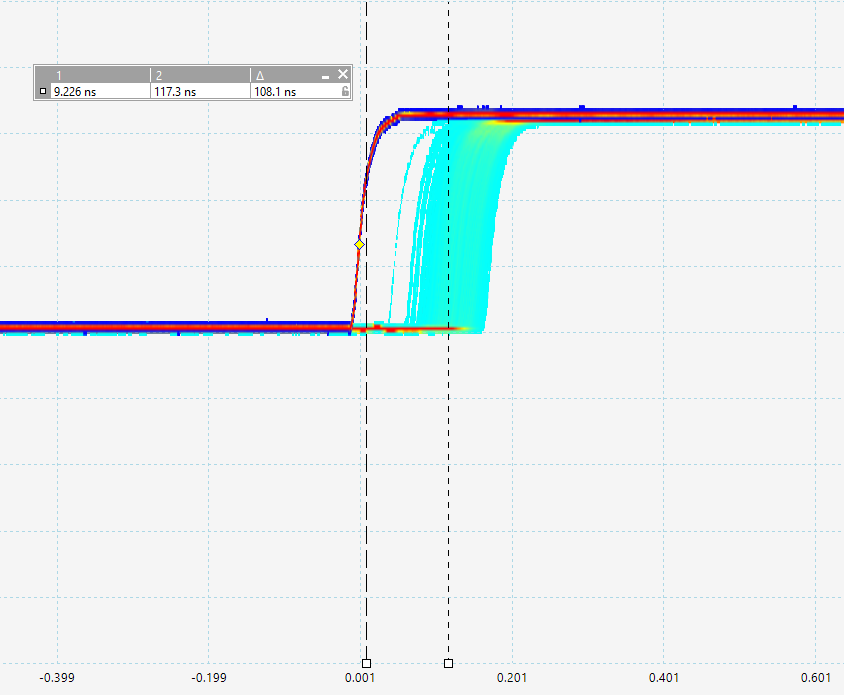
The oscilloscope capture in the colourful image above depicts the clock trace (or the PPS – pulse per second signal) of two nodes as they have been developed in the HINDSYHT project. The oscilloscope was put in infinite persistence mode so as to capture the entire clock adjustment procedure. This also provides very good hints on the clock jitter values. The measurement process involved three nodes (only two traces shown). The clock servo algorithm (or discipline) adjusts the clock signal to sub-200 ns time intervals, as the traces above suggest.
While the results so far can be deemed more than adequate to facilitate the research that is being conducted in the project; they serve the basis for further development. Whereas 200 ns is more than enough for the cases examined in this project this figure can be greatly improved:
- The network link between the nodes now sits at 100 Mbps; moving onto the 1 Gbps realm would surely further improve the capabilities.
- More so, the leveraging of Synchronous Ethernet would definitely push accuracy levels.
- The development of traffic-aware clock servos in order to improve the synchronisation performance. This is the basis for future work.

